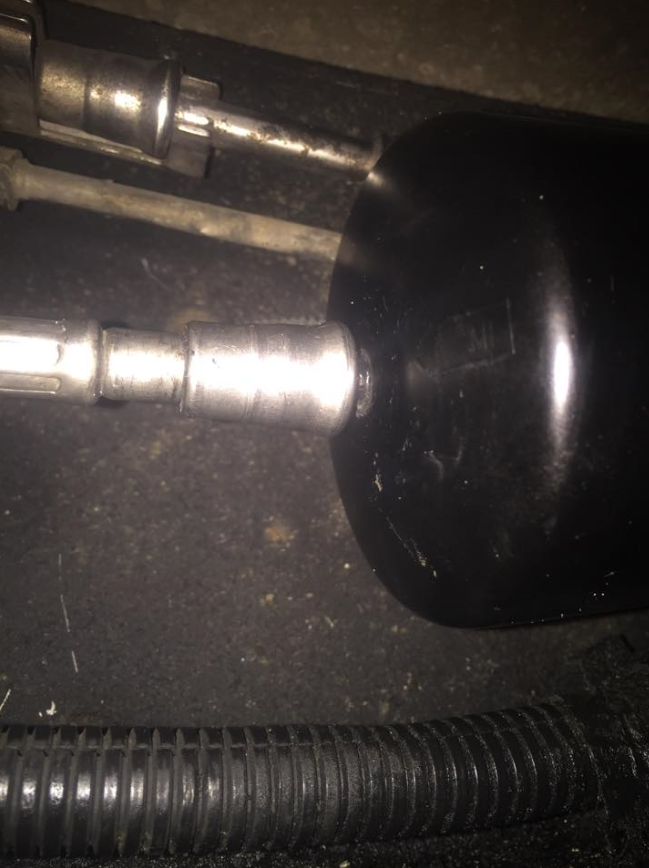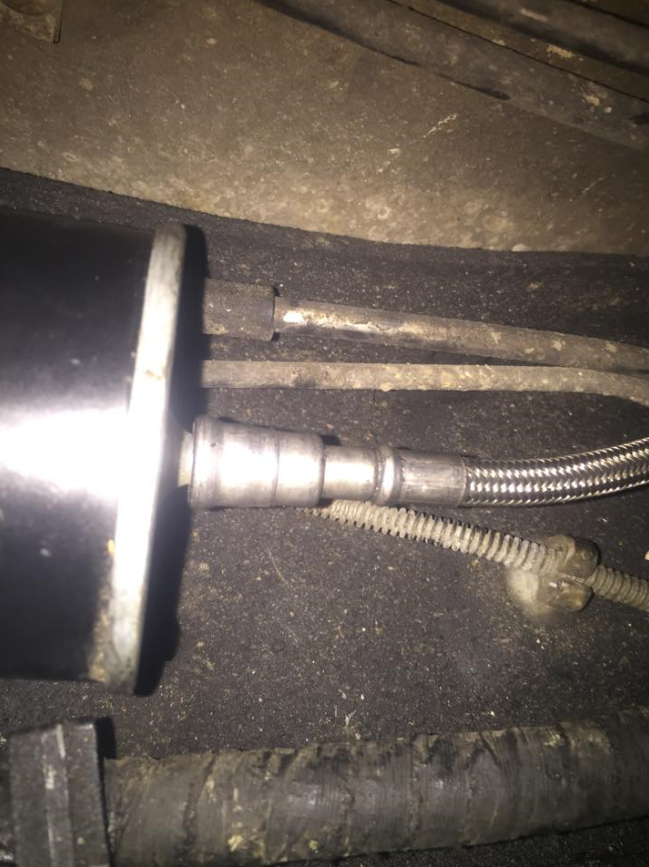I liked this big reply Nate. Very thorough.
Think of my little priming solution theory this way.. (don’t mind my comical approach to “fuels”)
If the engine consumes 5 fuels per second, and the fuel pump is supposed to provide 5 fuels per second, it balances out, therefore always having a constant and equal supply of fuel.
If there is a problem in the engine and it’s consuming 6 fuels per second, and the fuel pump is perfect and still pumping 5 fuels per second, eventually, the fuel available for the engine will run out.
Adversely, if the engine is working correctly and consuming 5 fuels per second, but the fuel pump is malfunctioning and pumping 4 pumps per second, once again, the engine’s fuel will soon run out.
If there’s some sort of reservoir at the end of the fuel lines that the fuel pools into, but the fuel pump is malfunctioning and only pumping enough to fill the lines and not that reservoir (while the truck is running), the only solution would be to FORCE it to fill that reservoir.. (i.e. fill it while the engine isn’t consuming fuel at a faster rate than it’s pumping out).
So, you would add fuel, add fuel, add fuel, add fuel, add fuel, and now the reservoir would be full.
However, after a short time of running, the fuel pump wouldn’t have been able to keep up with the engine consumption rate and therefore the reservoir would become empty again.
This all sounds crazy, but this is how I’m imagining it happening in my head. I’m probably wrong but I wanted to explain my crazy thoughts.

------
What you said about the voltage thing and having the IAC plugged in makes complete sense.
But then I would wonder why I can’t unplug the MAF sensor instead to make my car driveable? And why only unplugging the IAC gives me those results??
Cause if it was a case of having a limited supply of voltage to take out, and unplugging the IAC allows more voltage to go into the reserve, that would mean in theory I would be able to keep the IAC plugged in and unplug something that takes up MORE voltage than the IAC and get even better results

and I’m pretty sure the MAF takes up way more voltage than the IAC. Could be wrong about that though.
----------- moving on..
I just feel if it was an electrical issue, I wouldn’t be able to turn on my car one second and it stalls instantly, and then at the next moment, turn on my car a second, third, or fourth time and all the sudden it’s running perfectly.
AHHHHHHHHHHHHHHHHHHHHHHHHHHH
Hey so I hope you’re having a good Thursday















